<Back to Index>
- Writer George Cockcroft (Luke Rhinehart), 1932
- Writer Thomas Eugene "Tom" Robbins, 1936
- Writer Patrick Süskind, 1949
PAGE SPONSOR
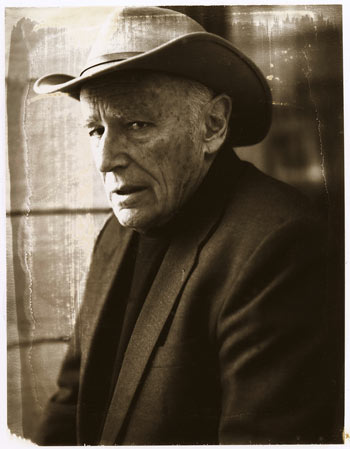
George Cockcroft (born November 15, 1932) is an author who writes under the pen name Luke Rhinehart.
George Cockcroft was born in the United States, son of an engineer and a civil servant. He got his BA at Cornell University, and his MA at Columbia University. Subsequently he got a PhD in psychology, also at Columbia. He married his wife, Ann, on June 30, 1956. He currently has three children.
After obtaining his PhD he went into teaching. During his years as a university teacher he taught, amongst other things, courses in Zen and Western literature. He first floated the idea of living by the dice in a lecture: the reaction was equal parts intrigue and disgust, and it was at this point he realized it could become a novel. Cockcroft started experimenting with dice a long time before writing The Dice Man, but this made progress on the novel rather slow.
He met a publisher and thereby published the novel The Dice Man. In 1970 he became a full time writer and "leader of the dice cult". In 1971 he was engaged in creating a dice center in New York. In 1975 he was involved in a round - the - world voyage in a large trimaran ketch.
Later on, he spent some time in a sailboat in the Mediterranean where he taught English, and from there moved to a former Sufi retreat on the edge of a lake. His last known mailing address was Luke Hill in Canaan, New York.
Much of Cockcroft's writing follows the styles of his first book, The Dice Man. He switches rapidly between a first and third person view, and intersperses that narrative flow with (fictional) excerpts from journals, minutes of meetings, and other sources. This gives the impression of a larger story, of which just a glimpse is being seen. In one case, he even quotes from a future book that he did not actually write until more than two decades later. The moods of the book change rapidly too; a single book might have sections of erotica, thriller, comedy, psychology, romance, philosophy, and detective in it — not mixed together, but standing side by side with only a chapter number, if that, between them. Sections of carefully timed comic relief include a sex scene in the middle of a river, various dice parties, and a hallucinogenic tomato plant.
On the other hand, Long Voyage Back, and Matari show that he is entirely comfortable writing somewhat more traditional fiction, and The Book of est shows that he is capable of writing wholly factual accounts too. In all his books, Cockcroft focuses attention on only a few characters — typically fewer than five. Other characters are introduced, but solely as caricatures or plot devices.
The Book of the Die is a collection of thoughts and ideas about dicing - its purpose, the meaning of life, and so forth - much in the style that might be expected from George Cockcroft's previous work. Interspersed with this are frequent parables, poems, stories. Some are from his earlier books, some from the new ones, some stolen and rewritten from various well known sayings and writings, some from his followers (both real and imaginary), and some which purport to be from his own life. Roughly at the end of each chapter are six dice options, with the standard instructions: "Read the options, throw out one or two (or all six) and replace them, then roll a dice and do as suggested." The dice options, and the book in general, aim to be intriguing and thought provoking. It contains lots of amusing or absurd sections, as if to counter point the occasional more serious sections.
There are also continuing plans to release the story of either Luke, Larry or Wim as a movie. Cockcroft has written a number of screenplays himself, including one on The Dice Man, and WHIM, in an effort to accelerate the process, and both projects are being pushed forward on several fronts.
Companies
have often attempted to profit from the ideas of The Dice Man, and a
few such ventures are noted below. The ideas in the book have also
influenced a wide range of musicians, writers, artists, some of whom are
listed below.
Dice have always been colloquially referred to as rocks and the makers of Rolling Rock pale lager, sensing a good tie - in, launched a series of adverts based around the diceman theme, and even a Diceliving website (now defunct), and have since been associated with Luke's books. Indeed, the rise from the dead of Rolling Rock in the late 1990s has partially been attributed to the rise of dicing at around the same time, possibly fueled by Internet chat rooms where role playing is common.
In the 1980s, the UK comic 2000 AD published several Choose Your Own Adventure magazines under the name Dice Man.
Art that exploits the principle of randomness is called aleatoricism. Several pieces of aleatory art have been partially inspired by the writings of George Cockcroft.
The Discovery Channel recently hired a pair of part time dicers to do a Diceman Travel programme based on the dice. Where they go, what they see, and what they do, all are based on the roll of a die. Apparently it has been popular, though the tendency of the dice to steer the couple off in strange directions has caused problems for the producers and editors.
On film, there have been at least three documentaries on diceliving and the philosophy of the dice, including one 50 minute short film called "Dice World" by Paul Wilmshurst, produced by Channel 4.
In the theater, The Dice House was staged in London's West End theater "The Arts". Written by Paul Lucas, the play was inspired by Luke Rhinehart's novel The Dice Man.
Ben Marshall, of Loaded magazine, spent two years from 1998 to 2000 experimenting with being a diceman and writing up his experiences in the magazine. This seems to have been a big hit with the readers, and Loaded subsequently named Luke Rhinehart as novelist of the century.
Larnie Reid Fox popularized the idea of the DiceWalk, which was featured in the May 28, 2003 edition of sfweekly, students of psychogeography having already pioneered the art or science of random or whimsical excursions.
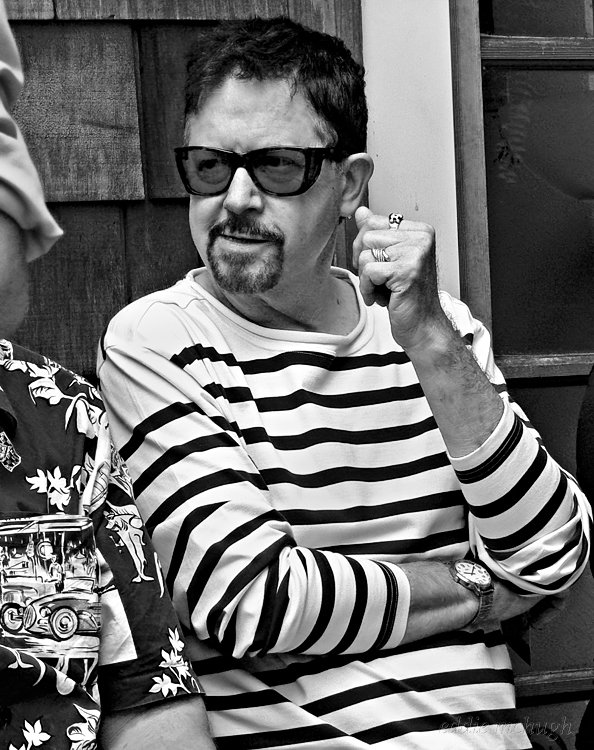
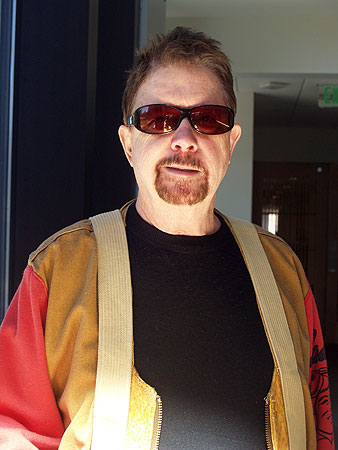
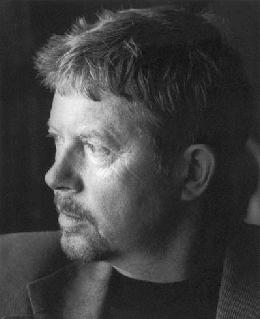
Thomas Eugene "Tom" Robbins (born July 22, 1932) is an American author. His best selling novels are serio - comic, often wildly poetic stories with a strong social and philosophical undercurrent, an irreverent bent, and scenes extrapolated from carefully researched bizarre facts. He is probably best known for his novel Even Cowgirls Get the Blues which was made into a movie in 1993 by Gus Van Sant and starring Uma Thurman, Lorraine Bracco and Keanu Reeves.
Robbins was born in Blowing Rock, North Carolina, to George Thomas Robbins and Katherine Belle Robinson. He has two younger sisters named Marian Rosenberg and Mary Simmons (another died at age four) and both of his grandfathers were Southern Baptist preachers. The Robbins family resided in Blowing Rock before moving to Warsaw, Virginia, in 1942. Robbins graduated in 1950 from Hargrave Military Academy in Chatham, Virginia, where he won the Senior Essay Medal. The following year he enrolled at Washington and Lee University to major in journalism, leaving at the end of his sophomore year after being disciplined by his fraternity for bad behavior and failing to earn a letter in basketball. In 1953, he enlisted in the Air Force after receiving his draft notice, spending a year as a meteorologist in Korea, then two years in the Special Weather Intelligence unit of the Strategic Air Command in Nebraska. He was discharged in 1957, returning to Richmond, Virginia where he was a fixture on the local bohemian scene, reading poetry at the Rhinoceros Coffee House. Later that year, Robbins enrolled at Richmond Professional Institute, a school of art, drama, and music, which later became Virginia Commonwealth University (VCU). He was editor of the college newspaper and worked nights on the sports desk of the daily Richmond Times - Dispatch. After graduating with honors from VCU in 1959 and indulging in some hitchhiking, Robbins joined the staff of the Times - Dispatch as a copy editor.
In
1962, Robbins moved to Seattle to seek a Master's degree at the Far East
Institute of the University of Washington. During the next five years
in Seattle (minus a year spent in New York city researching a book on
the painter Jackson Pollock) he worked for the Seattle Times as an art critic.
In 1965, he wrote a column on the arts for Seattle Magazine.
Also during this time, he hosted a weekly "underground" radio show at
non - commercial KRAB - FM. It was in 1967, while writing a review of the
rock band The Doors, that Robbins says he found his literary voice. Soon
thereafter, he moved to South Bend, Washington, where he wrote his
first novel. In 1970, Robbins moved to La Conner, Washington. It was at
his little house on Second Street (now remodeled and tripled in size)
that he has written his subsequent nine books, although he resided for
two years in the late 1990s on the Swinomish Indian Reservation.
He was a friend of Terence McKenna, whose influence appears evident in a couple of his books. A main character (Larry Diamond) in Half Asleep in Frog Pajamas advocates a theory similar to those of McKenna, involving the history and cultural influences of psychedelic plants. Another close friend was Timothy Leary, and Robbins has said that one of the protagonists in Jitterbug Perfume (Wiggs Dannyboy) exhibited certain characteristics of Leary's personality.
He spent three weeks at ceremonial sites in Mexico and Central America with mythologist Joseph Campbell, studied mythology in Greece and Sicily with the poet Robert Bly, and made a solo pilgrimage to Timbuktu.
Robbins has defended in print Indian mystic Osho (Bhagwan Shree Rajneesh), although he was never a follower.
He currently is on the advisory Board of the Marijuana Policy Project, a laureate of Seattle's Rainier Club, and on the board of directors of 826 Seattle.
For eight years, Robbins was an enthusiastic participant in Seattle's SPAM carving competition, serving as judge. He has also hosted an annual mayonnaise tasting, often with more than 20 international varieties, at his home in La Conner.
In the 1980s and early '90s, Robbins regularly published articles and essays in Esquire magazine, and also contributed to Playboy, GQ, and Life.
He is friends with Gus Van Sant, and performed the voice over narration in Van Sant's film adaptation of Even Cowgirls Get the Blues. He has been friends with directors Robert Altman and Alan Rudolph, as well, and has had small speaking parts in five feature films.
In 1997, Robbins won the Golden Umbrella award for contributions to the arts, presented annual by the Bumbershoot arts festival in Seattle. In 2000, Robbins was named one of the 100 Best Writers of the 20th Century by Writer's Digest magazine. He has given readings from his work on four continents, performing at festivals in Australia and Mexico, and nightclubs in England and Germany. The legendary Italian critic Fernanda Pivano called Robbins "the most dangerous writer in the world."
He has been married to Alexa D'Avalon since 1987. Robbins has three sons: Rip, Kirk and Fleetwood, all from previous marriages.
Robbins continues to live in La Conner with Alexa and their beloved little dog, Blini Tomato Titanium.
According to Micheal Dare, this is how Tom writes: "When he starts a novel, it works like this. First he writes a sentence. Then he rewrites it again and again, examining each word, making sure of its perfection, finely honing each phrase until it reverberates with the subtle texture of the infinite. Sometimes it takes hours. Sometimes an entire day is devoted to one sentence, which gets marked on and expanded upon in every possible direction until he is satisfied. Then, and only then, does he add a period.
On the June 5, 2010, episode of the NPR radio program Wait Wait... Don't Tell Me!,
Robbins joked, to audience laughter, "Well, I have discovered the
fountain of youth. It's Wikipedia. Because I'm actually 77 years old,
but Wikipedia lists me as 74."
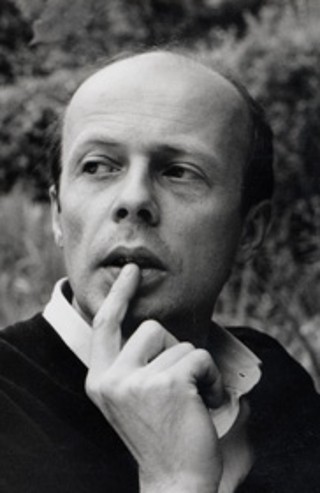
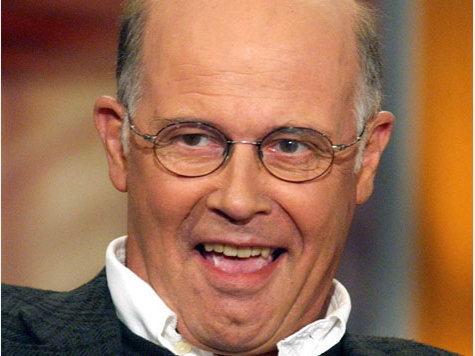
Patrick Süskind (born 26 March 1949) is a German writer and screenwriter.
He was born in Ambach am Starnberger See, near Munich in Germany. His father was writer and journalist Wilhelm Emanuel Süskind, who worked for the well established Süddeutsche Zeitung and is famous as the co-author of the well known "Aus dem Wörterbuch des Unmenschen" ("From the Dictionary of an Inhuman"), a critical collection of essays on the language of the Nazi era. Patrick Süskind went to school in Holzhausen, a little Bavarian village. His mother worked as a sports trainer; his older brother Martin E. Süskind is also a journalist. Süskind has many relatives from the aristocracy in Württemberg, making him one of the descendants of the exegete Johann Albrecht Bengel and of the reformer Johannes Brenz. After his Abitur and his Zivildienst, he studied Medieval and Modern History at the University of Munich and in Aix - en - Provence from 1968 - 1974. Süskind also attended lessons in English, Spanish, Latin, Greek, Politics, Art and Theology but, apparently, never graduated. Financially supported by his parents, he moved to Paris where he wrote "mainly short, unpublished fiction and longer screenplays which were not made into films" as he once said self - deprecatingly.
In 1981 he had his breakthrough with the play Der Kontrabaß (The Double Bass), which was originally conceived as a radio play. In the season 1984/85 the play was performed more than 500 times, the German language play performed most that season. The only role is tragi - comical orchestral musician, who has so many problems with his instrument and his insignificance that he falls into nagging fatalism. In the 1980s Süskind was also successful as a screenwriter for the TV productions Kir Royal (1987) and Monaco Franze (1983), among others. For his screenplay of Rossini, directed by Helmut Dietl he gained the Screenplay Prize of the German Department for Culture in 1996. He rejected other awards, like the respectable FAZ - Literaturpreis by a conservative German newspaper, the Tukanpreis and the Gutenbergpreis.
His best - known work is the internationally acclaimed bestseller Perfume: The Story of a Murderer (1985). This was made into a film in 2006 by Tom Tykwer and is the only story of his to have reached the cinema to date. With more than 12 million copies sold and translations into 46 languages, he is probably the most well known contemporary German writer in the world. His novel was on the bestselling list of the German weekly news magazine "Der Spiegel" for nine years. He is also the author of a novella, The Pigeon (1988), The Story of Mr. Sommer (1991), Three Stories and a Reflection (1996), and a collection of essays, On Love and Death (2006).
Süskind lives reclusively in Munich, in Seeheim (Lake Starnberg) and in France (probably Paris and Montolieu). The public knows little about Süskind currently. He has withdrawn from the literary scene in Germany and never grants interviews or allows photos.